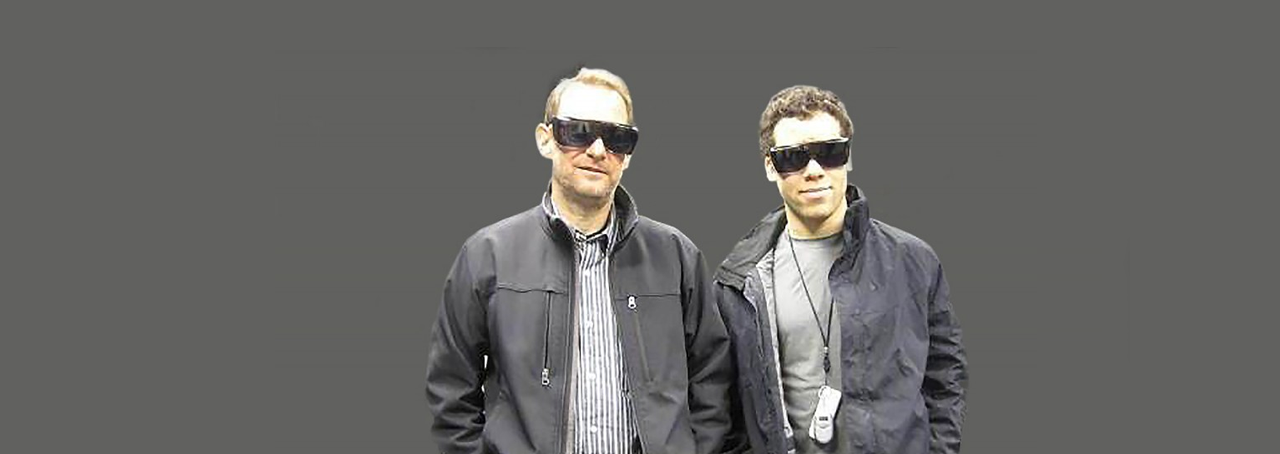Study to test light deprivation as treatment of amblyopia in adults
What would you be willing to do to find a treatment for a persistent vision problem?
Dr. Ben Backus, an associate professor at SUNY Optometry, is hoping that adults with amblyopia will be willing to spend ten days in total darkness. Dr. Backus is the principal investigator in a National Institutes of Health-funded study that is looking to use light deprivation as a way to tackle an often incurable condition in adults.
Amblyopia, or lazy eye, is a common visual disorder in which a person has poor vision in one eye due to an asymmetry in the quality of visual input from the two eyes. The poor vision—which can range from slightly degraded vision to almost complete blindness—cannot be fixed with corrective lenses because the deficit induces changes in the vision centers of the brain.
Typically amblyopia develops during early childhood as a result of the brain forming a poor connection to one eye. In children, amblyopia is often treated by covering the good eye with a patch and forcing the brain to improve how it works with the bad eye. As children age, however, the brain becomes less malleable making patching a less viable treatment option. As a result, amblyopia is nearly impossible to treat in adults using this conventional method.
Dr. Backus’s study, which is being done in collaboration with Dr. Elizabeth Quinlan of the University of Maryland as well as SUNY Optometry’s Dr. Cristina Llerena and Dr. Jose-Manuel Alonso, could offer hope for adults who suffer from amblyopia, as well as potentially open new doors for treatment of other conditions such as traumatic brain injury.
“Our primary goal is to determine whether or not we can retrain the adult visual system by depriving it of input for an extended period, and then restoring that input,” Dr. Backus said. “But, if we find that ‘dark treatment’ is effective in treating amblyopia, it could also potentially open the door to a variety of other conditions that could be improved if the brain can be made more plastic in adults.”
At the heart of the study is a 10-day sequestration period during which subjects will live in complete darkness. This will be followed by binocular vision training that, if successful, could pioneer the use of visual deprivation to improve the success of therapies for treating adult amblyopia.
For the ‘dark treatment’ the study will use an apartment in Brooklyn that has been specifically set up to block out all light. Subjects will not be able to use objects that emit even the faintest light, including cellphones and electric tooth brushes. Participants will have meals prepared for them, as well as plenty of opportunities to listen to music, engage in discussion and activities as well as exercise to keep their spirits up.
Dr. Backus and Mr. Morgan Williams, a research technician, both underwent five days of light deprivation in 2012 to test the feasibility of the study. While they encountered some challenges living in total darkness, they both found the experience to be far less daunting than anticipated. “We called ourselves ‘scotonauts,’ since ‘scoto’ is the Greek word for darkness” Backus said.
While the concept of living in the dark for 10 days may seem unusual, it isn’t without precedent. So-called “darkness retreat facilities” exist throughout Europe and some schools of Tibetan Buddhism practice “dark retreats” that can last for days, months or even years. Most importantly for the purposes of this study, visual deprivation has been shown to reactivate plasticity and promote the recovery from amblyopia in animal models including rodents and cats.
The study also represents a unique clinical application for basic research and will provide an opportunity for close collaboration with the College’s Clinical Vision Research Center.
comments powered by Disqus


